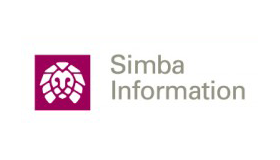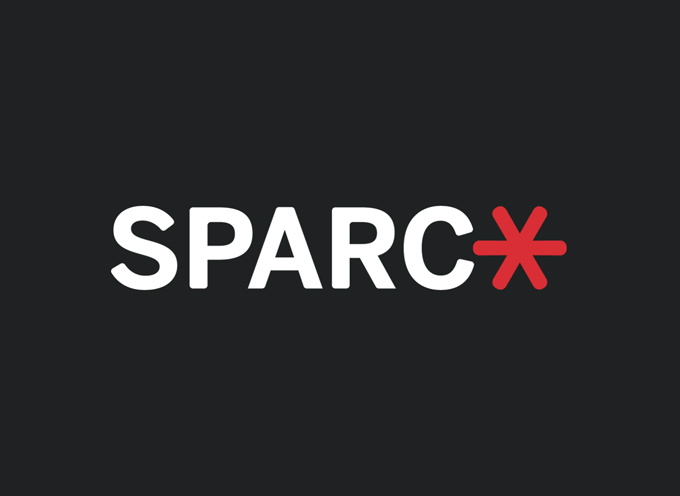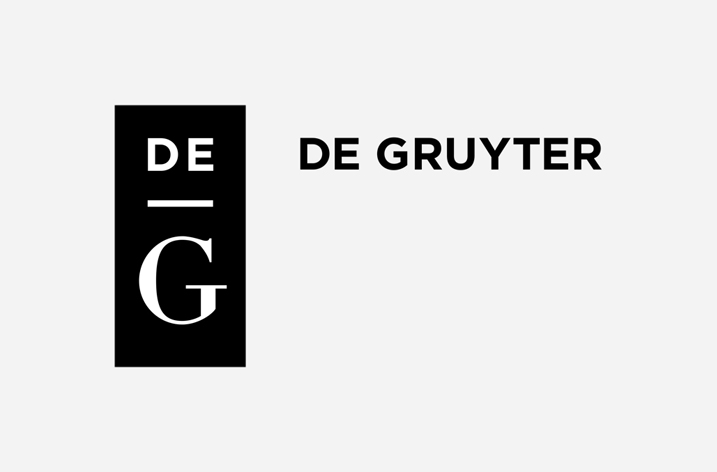
Media forecast and research firm Simba Information has released the fourth edition of Trends in Trade Book Retailing, which compiles data from multiple sources to confirm what Simba anticipated in the third edition: that the loss of bookstores would not translate into growth of e-books in 2011.
“It may go against common sense, but the loss of hundreds of physical bookstores and several million square feet of book retailing space in 2011 actually negatively affected the expansion of e-book usage,” said Michael Norris, senior analyst of Simba Information’s Trade Books Group, commenting on the report. “The publishing industry can either continue to watch its business get smaller through this unsustainable pattern or find ways to allow in-person discovery of content work in favor of the physical stores that are paying for that discovery to be available.”
Data from Simba shows that most consumers continue to buy print books, and the discovery of e-books is still very much interconnected with that of physical content. The report also indicates that the more retail channels consumers have access to, the more likely they are to be book buyers and leisure book readers. However, with physical bookstores still ‘subsidizing’ the online channel by acting as a showroom for content, the industry must think of creative ways to build a sustainable system.
“Imagine a future that allows bookstore browsers to wave their Smartphone, tablet or another device near a physical book when they want to buy the e-book version immediately. That idea can move even further as the consumer who buys the physical book can allow friends or strangers to do the same when the book has long left the store, giving the bookstore credit for the sale,” said Norris. “A system like that would allow bookstores to cash in on their value, give publishers an incentive to invest more in the physical product, and maybe also prevent the industry from consolidating too much power with too few retailers.”
Trends in Trade Book Retailing 2012 details the interconnected worlds of print and e-book retailing through profiles of each of the three major channels of book retailer: bookstore, online and ‘other.’ Key demographic details and trends unique to each are provided, including gender, age, household income, education level, purchasing habits and more. Five-year trend data is also new to this edition, as is exclusive data showing to what extent e-book consumers have bought digital content from Amazon, Barnes & Noble, Apple’s iBookstore, and other e-book sources. It is available at:http://www.simbainformation.com/redirect.asp?progid=83930&productid=6903769.




















